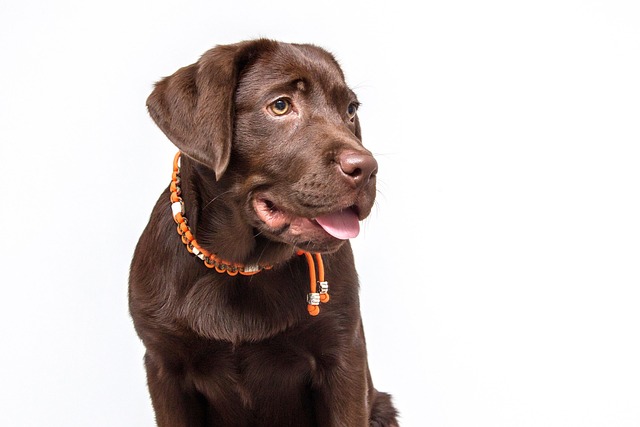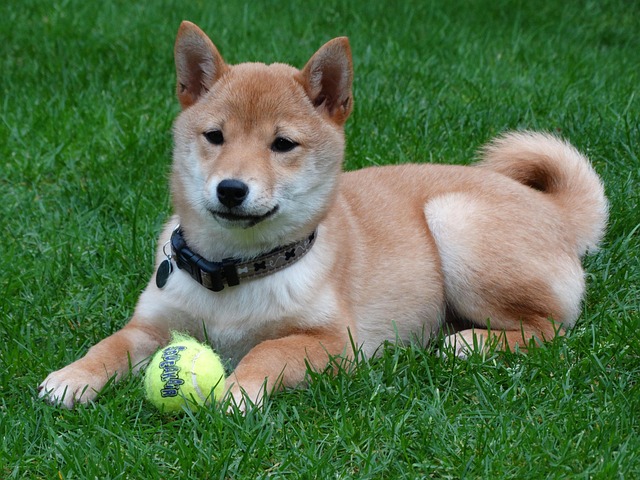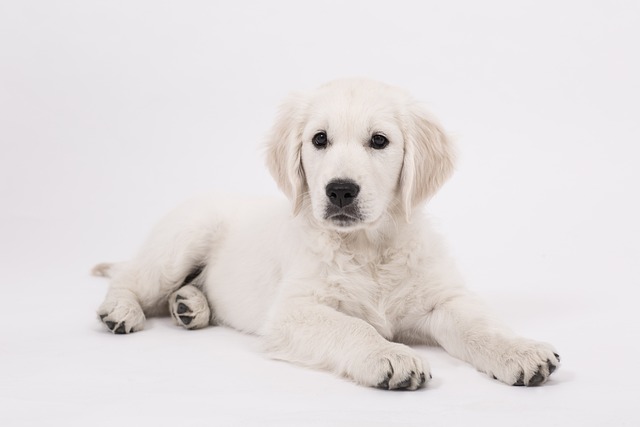
How to get your dog to go to the bathroom in a new place?
Moving to a new home or traveling with your dog often means figuring out how to help them feel comfortable going potty in an unfamiliar spot.
Moving to a new home or traveling with your dog often means figuring out how to help them feel comfortable going potty in an unfamiliar spot. Dogs rely on routine and familiar smells, so the first step is to stick as closely as possible to their usual bathroom schedule—whether that’s first thing in the morning, after meals, or before bed. Even a small change in timing can throw them off, so consistency here goes a long way.
Once you’re in the new place, take your dog to the exact area you want them to use right away. Bring along a few pieces of their old bedding or some waste bags from home—these familiar scents can help them relax. Many areas have rules about picking up after your dog, so always have bags on hand, and be mindful of signs that mark designated pet relief zones (ignoring these can lead to fines in some neighborhoods).
 Praise and rewards are key when they finally go in the right spot. A little treat or excited voice can reinforce that this new area is safe for potty time. Try not to get frustrated if they hold off at first—some dogs need time to explore and sniff before feeling secure. Rushing them or scolding them will only make the process harder, and it might make them scared to go near that spot again.
Praise and rewards are key when they finally go in the right spot. A little treat or excited voice can reinforce that this new area is safe for potty time. Try not to get frustrated if they hold off at first—some dogs need time to explore and sniff before feeling secure. Rushing them or scolding them will only make the process harder, and it might make them scared to go near that spot again.
If you’re staying in a rental or a place with shared outdoor spaces, check if there are specific hours or areas where pets are allowed to go. Some apartments or vacation rentals have strict rules about pet waste in common areas, so following these not only keeps you compliant but also helps maintain good relationships with neighbors. You can also ask locals or property managers for tips on quiet, low-traffic spots that are pet-friendly.
Weather can play a role too—if it’s raining, snowing, or extremely hot, your dog might be less willing to step outside. In these cases, consider setting up a temporary indoor potty area with puppy pads or artificial grass, but make sure this aligns with any local pet policies (some places restrict indoor potty setups for hygiene reasons). Gradually transition them back to outdoor use once the weather eases up.
Over time, your dog will start associating their new potty spot with comfort and routine. Those first few days might feel tricky, but every small win is a step toward making them feel at home. Before you know it, they’ll head to their spot on their own—and you’ll both feel more settled in your new space.

Moving to a new home or traveling with your dog often means figuring out how to help them feel comfortable going potty in an unfamiliar spot.

Most German Shepherd puppies start showing consistent potty habits between 4 to 6 months old, but this timeline isn’t set in stone.

Watching your dog learn to pick up toys or essentials isn’t just a fun trick—it builds trust and makes daily moments smoother, like grabbing their leash when you’re heading out.

Shiba Inu puppies are smart but stubborn—their independent streak means potty training needs consistency, not just tricks.

Witnessing your dog transform into a barking, lunging whirlwind at the sight of another pup on your quiet suburban street can make daily walks feel like a nightmare.

Golden Retrievers are known for their friendly, eager-to-please personalities—and that trait makes training them far from a struggle.